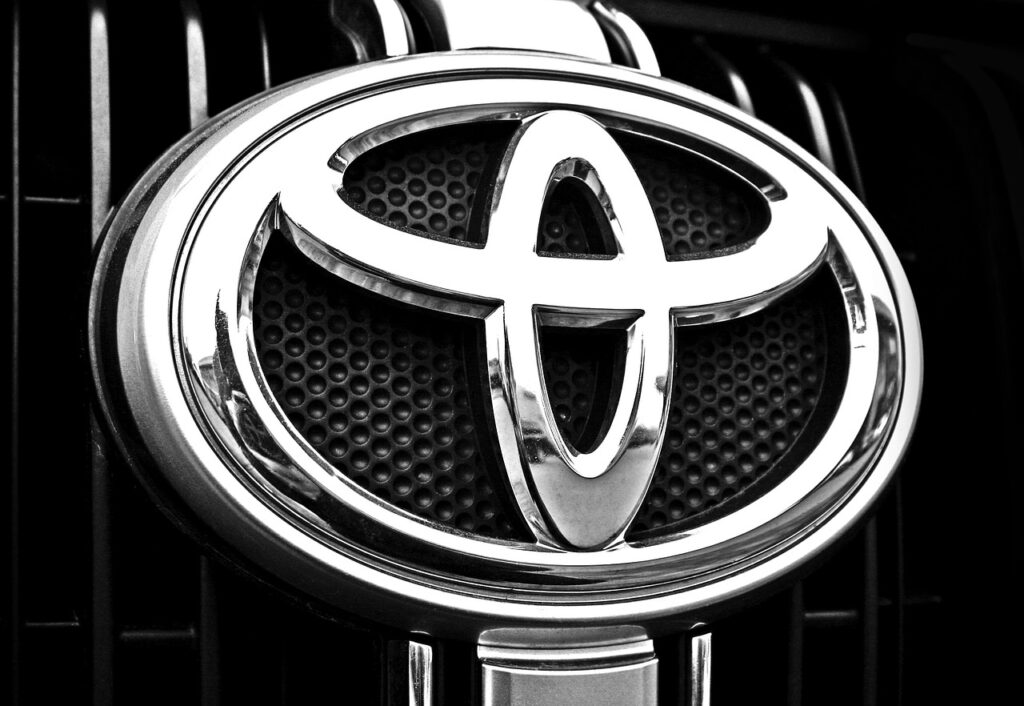The automotive industry’s quest for carbon neutrality has led to various innovations, including hydrogen-powered vehicles. Toyota Motor Corporation, with AISIN’s technological support, has made headlines with its liquid hydrogen-fueled race car.
In 2021, Toyota competed in a race using a vehicle fueled by compressed gaseous hydrogen. By 2023, they advanced to the world’s first liquid hydrogen-fueled race car, integrating AISIN’s cryogenic valve technology. This progression marks a significant milestone, but the journey was fraught with technical challenges.
AISIN’s contribution focused on developing two critical valves: the boil-off gas valve and the first safety valve. Hydrogen, which becomes liquid at –253°C, requires these valves to manage pressure and prevent tank bursts due to natural evaporation. The development process revealed AISIN’s capabilities in adapting existing technologies from hydraulic pressure control and freezer systems to this extreme environment.
Despite AISIN’s expertise, the development faced substantial difficulties. Precision at the nanometer level was necessary to prevent hydrogen leaks, a challenge beyond AISIN’s prior experiences. This led to the adoption of the ‘lapping’ process and collaboration with specialized machining companies, underscoring the project’s complexity and the innovative solutions required.
Compared to industry standards, Toyota and AISIN’s liquid hydrogen vehicle represents a pioneering effort, but its broader applicability remains uncertain. Traditional hydrogen-powered vehicles use gaseous hydrogen, a more established and commercially viable technology. The liquid hydrogen approach, while innovative, must prove its scalability and economic feasibility to compete effectively.
The successful completion of a 24-hour endurance race at Fuji Speedway demonstrated the reliability of AISIN’s valves under extreme conditions. This achievement validates the technical feasibility of liquid hydrogen-powered vehicles, yet it also highlights the need for continued development and weight reduction to enhance practical applicability.
The initial prototypes were over-specified to prevent hydrogen leaks, leading to heavier designs. Subsequent efforts focused on reducing the weight by optimizing rigidity and removing unnecessary bulk. However, the transition from racing applications to mass production poses significant challenges, including cost, manufacturing scalability, and market acceptance.
AISIN’s development team attributes their success to a management style that emphasizes learning from failures and encouraging proactive problem-solving. This approach fostered an environment where innovation thrived despite the project’s numerous obstacles. However, the real test lies in whether these technological advancements can lead to commercially viable products that meet industry standards and consumer expectations.
